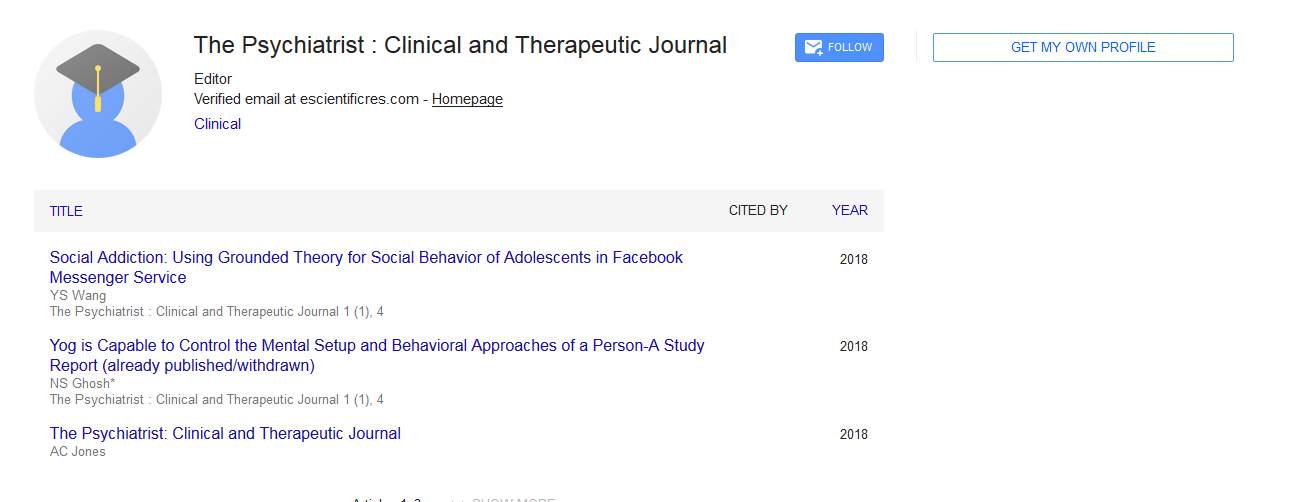The effect of singlesession mindful lovingkindness- compassion meditation on dysfunctional expression and rumination of anger
*Corresponding Author:
Copyright: © 2020 . This is an open-access article distributed under the terms of the Creative Commons Attribution License, which permits unrestricted use, distribution, and reproduction in any medium, provided the original author and source are credited.
Abstract
The purpose of this study was to test the effect of mindfulness-compassion meditation on dysfunctional expression and rumination of anger. Using the State-Trait Anger Expression Inventory- Korean version (STAXI- K), 30 university students were selected based on the descending order of scores. The students were divided into treatment group and control group with 15 students in each group. A single-session mindfulness-compassion meditation was administered to the treatment group and with psychological education for anger modulation to the control group. In both, the groups, the state of anger and anger expression were measured immediately before and after the treatment, and 24 hours after the experimental session, anger rumination was evaluated. The treatment group showed higher presentmoment awareness, increased self-compassion towards acquaintances and general people than the control group. As the main outcome, the treatment group showed improvement in anger control and the reduction in the state of anger. In addition to the increased modulation of present anger, anger memory rumination and cause rumination were also blocked more effectively in the treatment group than in the control group. The results revealed that mindfulnesscompassion meditation improved the functional expression of anger and discontinued the chain of anger rumination through changes in mindfulness and self-compassion. In the present study, we have also discussed the implications and limitations of this study and the possible future research issues.
Mindfulness meditation employs the full range of perceptible experience as possible objects of mindful awareness, for example, bodily or other sensory experience, affective states, thoughts, or images. Illustrative of this approach and often seen as a particularly useful technique is the mindfulness practice of moment-to-moment attending to breathing. The aims of breath awareness within the Buddhist perspective are (among others): (1) to use an observable, easily perceptible and constantly available physical stimulus (the breath) as object of investigation of mind-body awareness; (2) to utilize continuous attention to the breath to improve the capability of moment-to-moment volition-driven concentration; (3) and to employ a rather simple object of observation (which is intimately related to physical mental and emotional functioning) as a starting point for more complex objects of awareness.

 Spanish
Spanish  Chinese
Chinese  Russian
Russian  German
German  French
French  Japanese
Japanese  Portuguese
Portuguese  Hindi
Hindi 